Photoville Grows Up
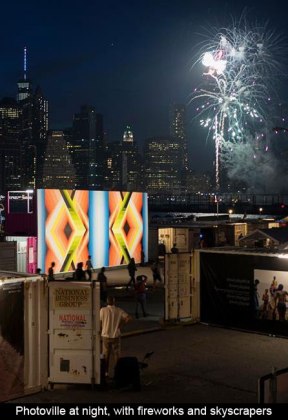 Photoville
is all grown up. In 2012, when the pop-up photography village launched with twenty-some shipping containers on the Brooklyn waterfront, it was the equivalent of a toddler: jolly, eager and full of surprises.
Last year
, it was an adolescent: scrappy, gaining in sophistication but still rough around the edges. But this year’s just-concluded festival was bigger, stronger, more confident. While it lost some of the loopy charm of the first year, it made huge gains in substance and depth.
Photoville
is all grown up. In 2012, when the pop-up photography village launched with twenty-some shipping containers on the Brooklyn waterfront, it was the equivalent of a toddler: jolly, eager and full of surprises.
Last year
, it was an adolescent: scrappy, gaining in sophistication but still rough around the edges. But this year’s just-concluded festival was bigger, stronger, more confident. While it lost some of the loopy charm of the first year, it made huge gains in substance and depth.
I’ve loved Photoville since its first year , for its casual vibe and democratic feel, and for the ironic way that exhibiting work in shipping containers forces photographers to think outside the box. The sense of creativity was alive and well this year, with unusual exhibits including Broken Screen , where viewers were asked to experience images through touch and text rather than sight, and How Can I Help? , a faux-psychologist’s office where people could sign up for a fifteen-minute “sincere and creative interpretation” of a personal issue by photographer Saul Robbins and others.
This year, too, Photoville was blessed with some of the most beautiful weather possible. Aside from a forced closure one day due to wind and rain, the weather gods were smiling and temperatures were balmy. Visiting in the evening, wandering through the exhibits against the stunning backdrop of a sunset over downtown Manhattan, was pretty near as perfect a New York experience as one could wish for. And that’s not taking into account the excellent talks and the laid-back beer garden, which included some truly delicious local food stands this year.
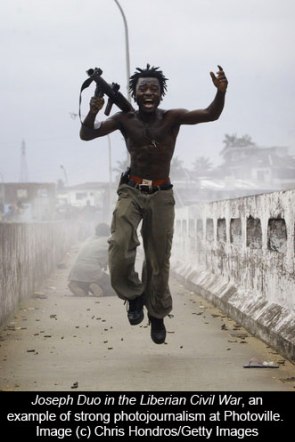 As in previous years, there was an emphasis on documentary photography and reportage, with many exhibits that were as gut-wrenching as they were informative.
Testament
was a beautiful tribute to photojournalist
Chris Hondros
, killed in Libya in 2011, his powerful images set against thoughtful selections of classical music that had helped him survive the madness of war. And I was blown away by
Chris Bartlett’s gentle, dignified portraits of Iraqis detained
in the first years of the Iraq war, which contrasted sharply with wall descriptions of the subjects’ torture and humiliation at the hands of American forces.
As in previous years, there was an emphasis on documentary photography and reportage, with many exhibits that were as gut-wrenching as they were informative.
Testament
was a beautiful tribute to photojournalist
Chris Hondros
, killed in Libya in 2011, his powerful images set against thoughtful selections of classical music that had helped him survive the madness of war. And I was blown away by
Chris Bartlett’s gentle, dignified portraits of Iraqis detained
in the first years of the Iraq war, which contrasted sharply with wall descriptions of the subjects’ torture and humiliation at the hands of American forces.
Other, less political portraiture included Adam Panczuk’s visually inventive images of Karczebs , a group of Poles strongly rooted to their land, and Delphine Diallo’s mash-ups of fashion iconography with traditional portraiture, influenced by the great Malian portraitist Malick Sidibé. In an evening presentation by Slideluck , themed Secrets , I was struck by Stephen Quinn’s street photographs shot surreptitiously on an iPhone . Secretly photographing people can induce squirms, and has recently been debated (see this fascinating article in the September issue of ARTnews), but it is legal, and some people—including Quinn—do it very well.
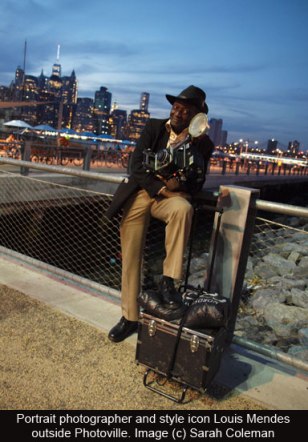 On Sunday evening, I took the occasion to make my own portrait of the always dapper and charming
Louis Mendes
, known for his instant portraits shot on a reconditioned 1930s Speed Graphic camera. Mendes—who took my portrait earlier this year outside the Leica Gallery—was plying his trade outside the Photoville gate, but cut such a fine figure that I asked to turn the tables on him, and got this shot.
On Sunday evening, I took the occasion to make my own portrait of the always dapper and charming
Louis Mendes
, known for his instant portraits shot on a reconditioned 1930s Speed Graphic camera. Mendes—who took my portrait earlier this year outside the Leica Gallery—was plying his trade outside the Photoville gate, but cut such a fine figure that I asked to turn the tables on him, and got this shot.
Meanwhile, a poignant portrait of a young girl protesting in Ferguson, Missouri , by Scott Olson, was at the heart of a discussion of visual symbolism at the panel BagNewsSalon: Reading Key Photos of 2014 on the last day of the festival. Assembled by the excellent website BagNews , the panel looked at seven important news images and analyzed their contents. The panelists agreed that the Ferguson image had been effective in putting a face on the story and counterpointing some of the violent, dramatic images from the city. Another photograph, by John Moore, of a doctor discussing Ebola in Liberia, prompted a discussion about the place of aesthetics and editorializations in news imagery. It was generally agreed that, while objectivity might be possible, photographers shouldn’t run away from the aesthetic nature of their craft. However, said New York Times photographer Todd Heisler (whose images are often incredibly beautiful), “content always wins over aesthetics at a newspaper.”
Speaking of content and aesthetics, it was somewhat conspicuous to me and other visitors that this year’s Photoville had a more commercial flavor than in years past. In one container, Photos.com was selling images from the Getty archive, and there was another container in which major festival sponsor Smile Train mounted an exhibit that, while appealing, felt a bit slick and corporate. Of course, this is an inevitable feature of growth, and Photoville has to survive. Still, it might be worth considering the balance as the festival moves forward. The more big companies Photoville lets in, the more it risks losing its low-key charm.
Naturally, this is a small and subjective sampling. There was such a wealth of programming this year that I couldn’t get to many of the panels, talks and exhibits—frustratingly, I even missed an exhibit by the wonderful Larry C. Price , whose amazing work on child labor was the subject of a Literate Lens interview last year. As the festival wound down on Sunday night, I grabbed founder Sam Barzilay and asked if he thought there was a risk of Photoville getting too big. “It’s not about how big it gets; it’s about making it deeper and more mature,” he said. Well, amen to that. And by that measure, Photoville 2014 was a smashing success.
Information
This entry was posted on October 1, 2014 by sarahjcoleman in Events , Exhibitions , Lectures and tagged Adam Panczuk , Chris Bartlett , Chris Hondros , Delphine Diallo , John Moore , Karczebs , Larry C. Price , Louis Mendes , Photoville , Sam Barzilay , Scott Olson , Stephen Quinn , Todd Heisler .Shortlink
https://wp.me/p25Qfq-11CRecent Posts
Archives
Categories
Enter your email address to follow this blog and receive notifications of new posts by email.
Join 11,055 other followers

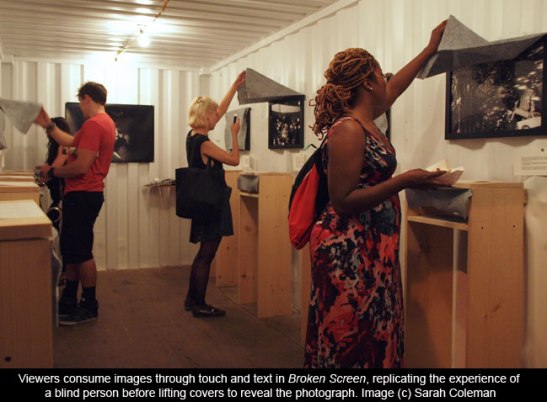
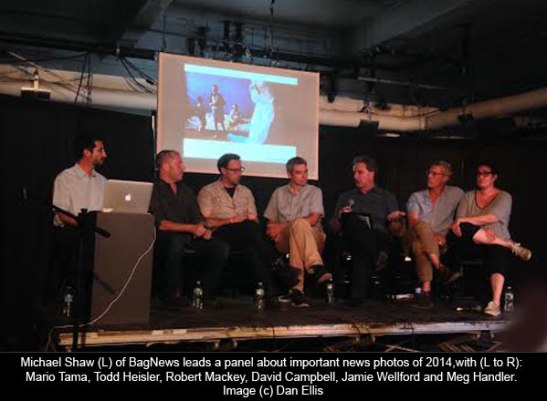
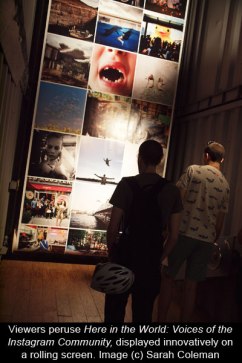

Interesting as always. I will try to make it to Photoville one day! Thanks Literate Lens 🙂